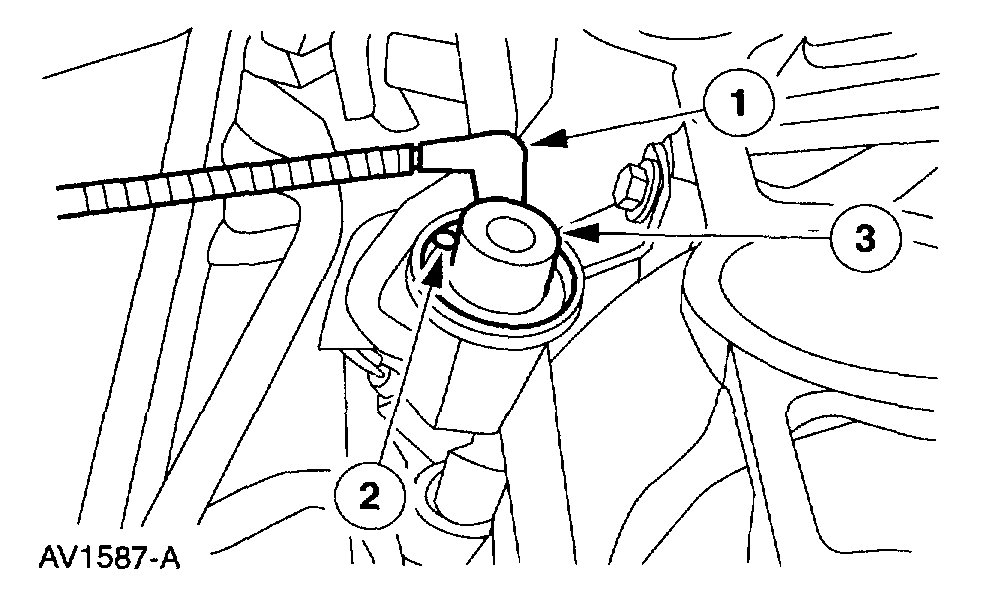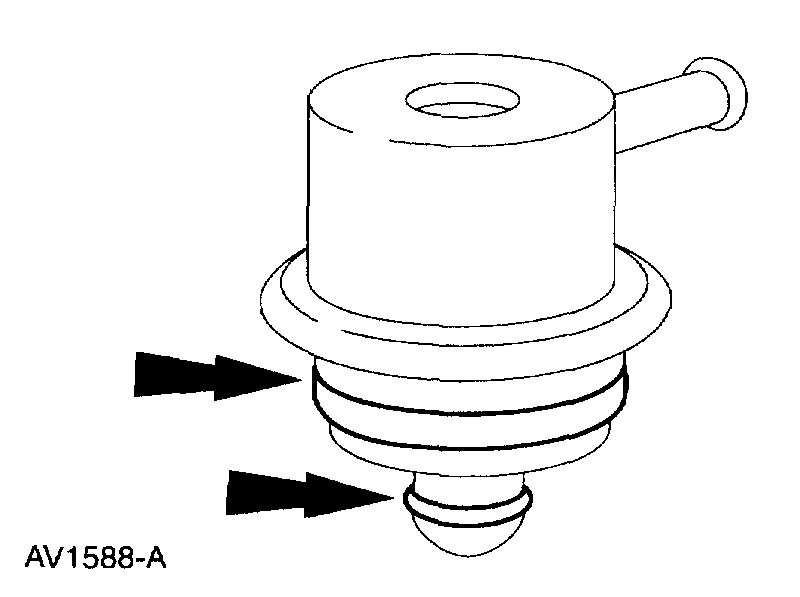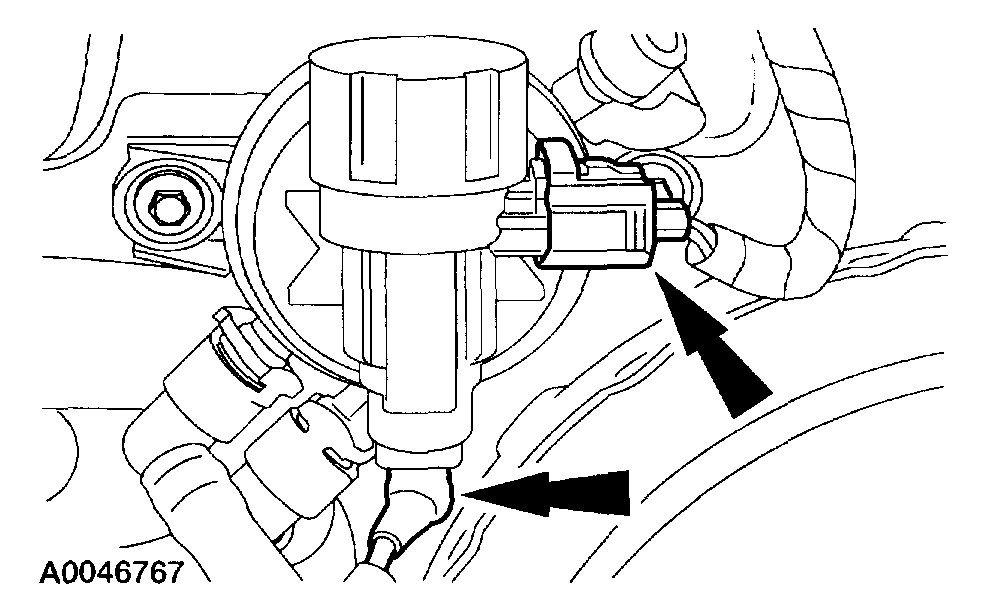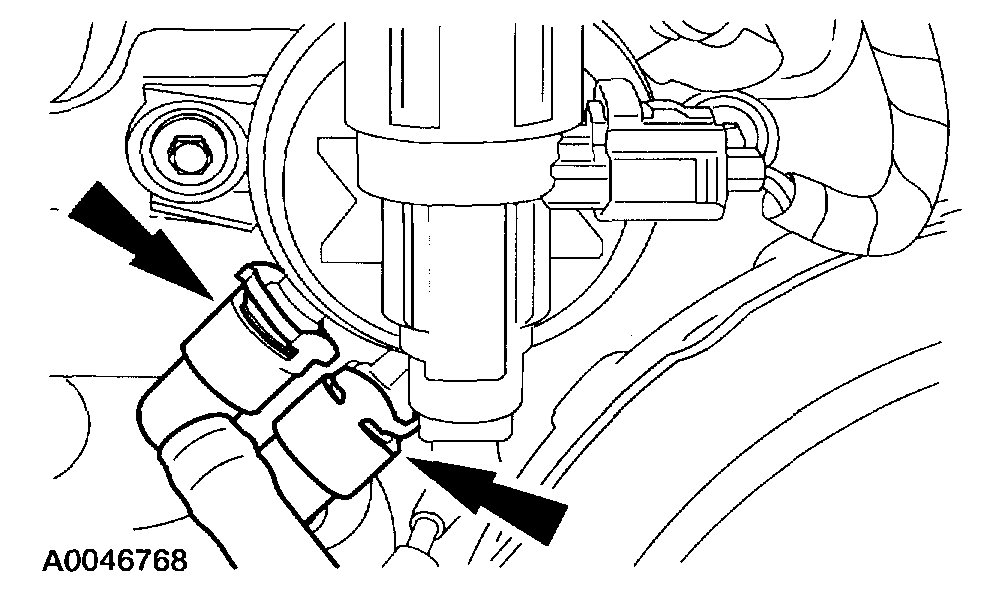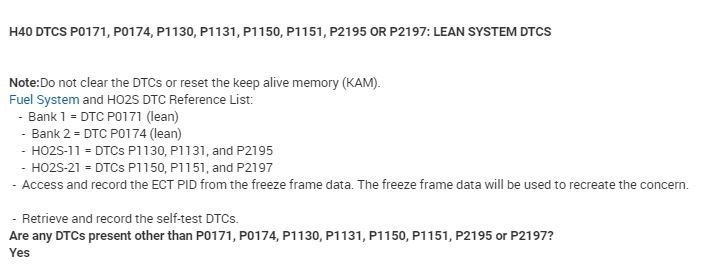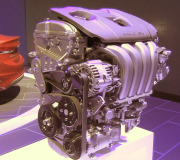Hi and thanks for using 2CarPros.
Many things can cause this type of issue. Often times an engine vacuum leak can be an issue. Most commonly on these vehicles is a vacuum hose which routes from the rear of the throttle body and goes to a 90 degree bend. The bend will dry rot and cause a leak. Additionally, there is a component called an idle air control valve (IAC) which controls idle speed. If that is plugged or not working, it will cause the engine to stall, but if you place it in neutral and it idles fine, that wouldn't be a prime suspect.
Here is a link that discusses engine stall at idle. Take a look through it to see if it is helpful.
https://www.2carpros.com/articles/stall-at-idle
Here are links that discuss the IAC and how to check for a vacuum leak:
https://www.2carpros.com/articles/how-to-use-an-engine-vacuum-gauge
https://www.2carpros.com/articles/how-to-replace-an-idle-speed-control-motor-iac
Next, if there is a problem with the fuel pressure regulator which is allowing pressure to be too high, it can cause this type of problem. To check this component, you would need to perform a fuel pressure test along with checking the regulator. Here is a link that shows how that is done:
https://www.2carpros.com/articles/how-to-check-fuel-system-pressure-and-regulator
Before you go through the fuel pressure test, locate the fuel pressure regulator which is located on the fuel rail. There is a vacuum hose attached to it. Remove the vacuum hose and confirm there is no raw fuel in it.
Here are the directions for removal and replacement of the regulator. The attached pictures correlate with these directions. I attached these directions in case you determine the regulator is the problem.
_________________________________
FUEL PRESSURE REGULATOR
REMOVAL
WARNING:
- Do not smoke or carry lighted tobacco or open flame of any type when working on or near any fuel-related components. Highly flammable mixtures are always present and may be ignited. Failure to follow these instructions may result in personal injury.
- Fuel in the fuel system remains under high pressure even when the engine is not running. Before working on or disconnecting any of the fuel lines or fuel system components, the fuel system pressure must be relieved. Failure to follow these instructions may result in personal injury.
1. Relieve the fuel pressure.
2. Remove the upper intake manifold.
Picture 1
3. Remove the fuel pressure regulator.
1 Disconnect the fuel pressure regulator vacuum hose.
2 Remove the snap ring.
3 Remove the fuel pressure regulator.
Picture 2
4. Remove and discard the fuel pressure regulator O-ring seals.
INSTALLATION
1. CAUTION: Use O-ring seals that are made of special fuel resistant material. Use of ordinary O-ring seals can cause the fuel system to leak. Do not reuse O-ring seals.
NOTE: Lubricate the new O-ring seals with clean engine oil to aid installation.
To install, reverse the removal procedure.
___________________________________
I realize this is a lot of information. However, since there are no diagnostic trouble codes, it requires a lot more diagnosis. There are other things that will need checked if these things don't prove to be an issue. From experience, your description sounds like either a vacuum leak, IAC is plugged, or fuel pressure it too high.
Feel free to ask me questions if you have them. Also, let me know what you find.
Take care,
Joe
Images (Click to make bigger)
Thursday, February 14th, 2019 AT 7:04 PM
